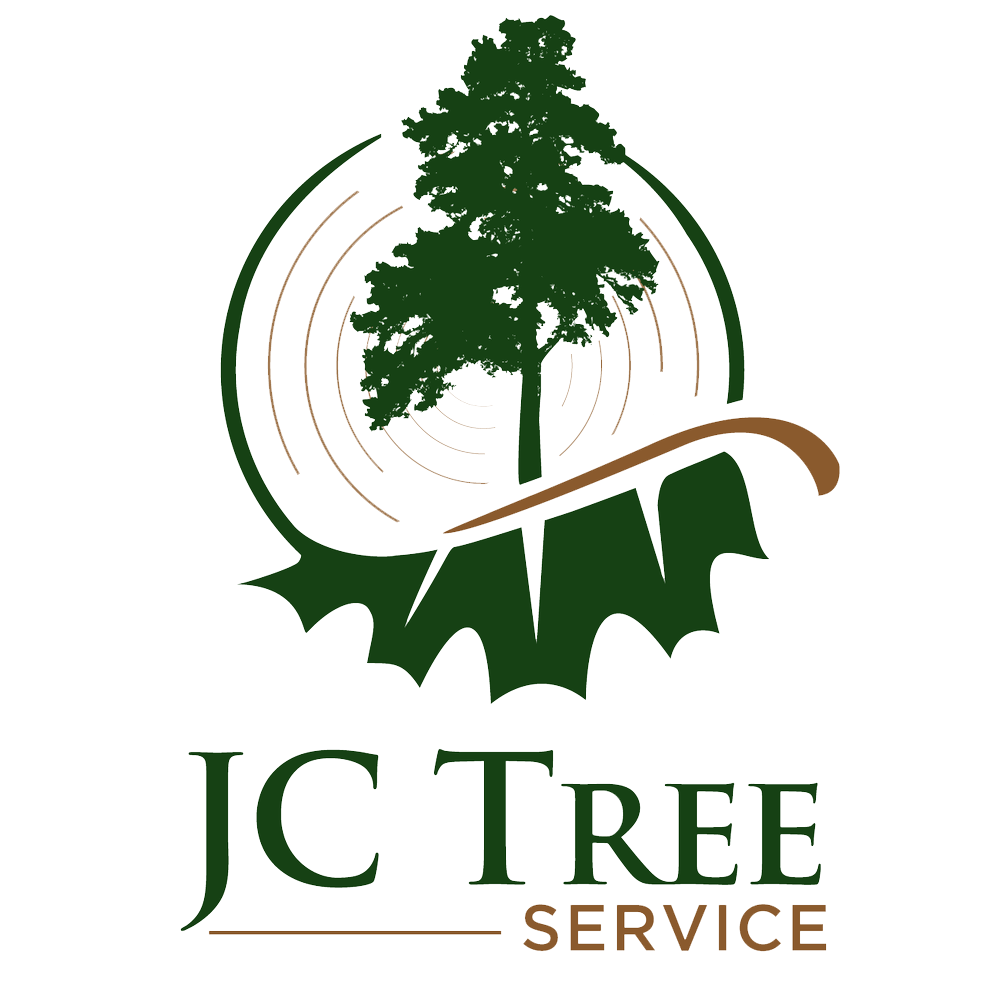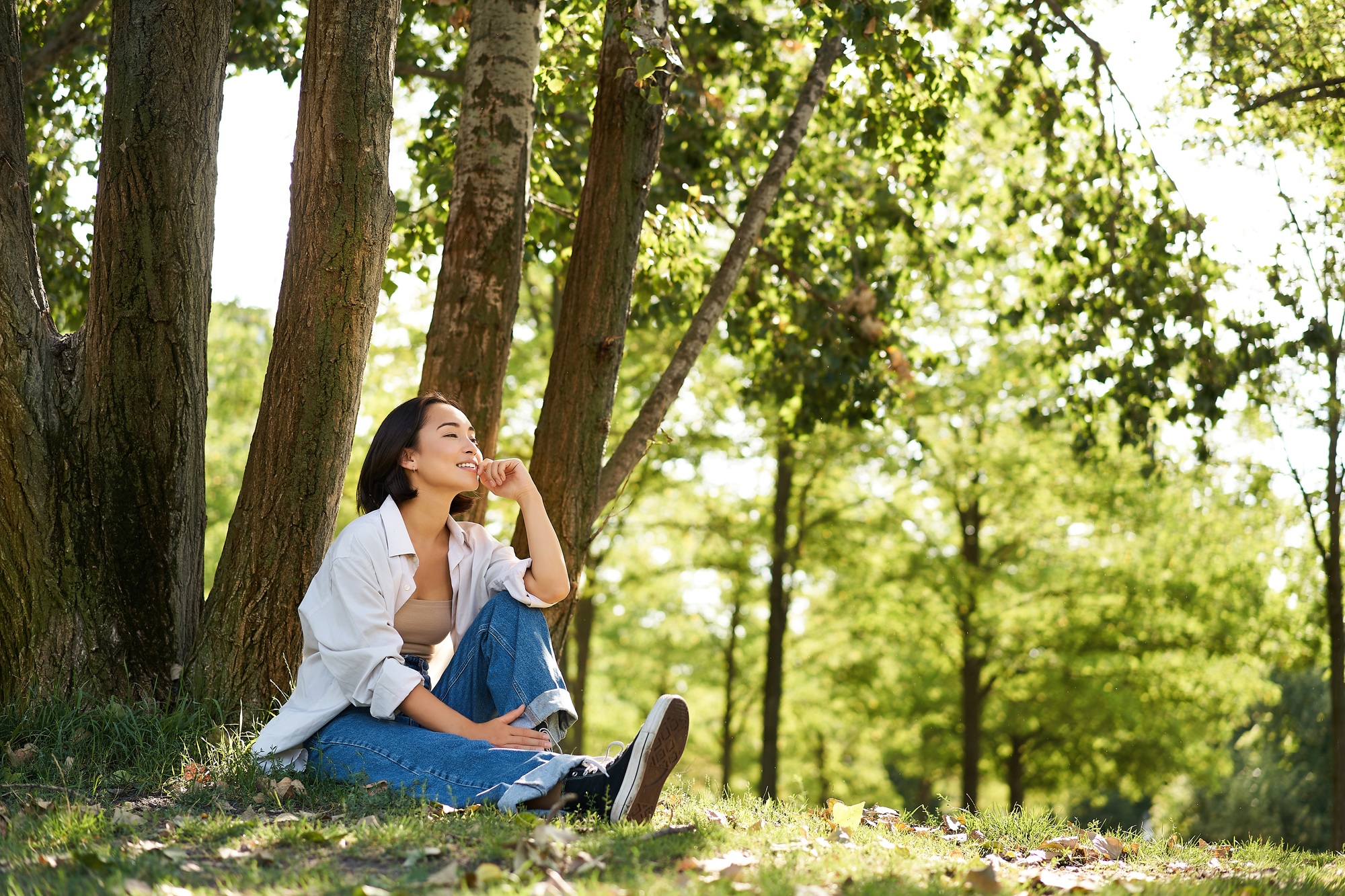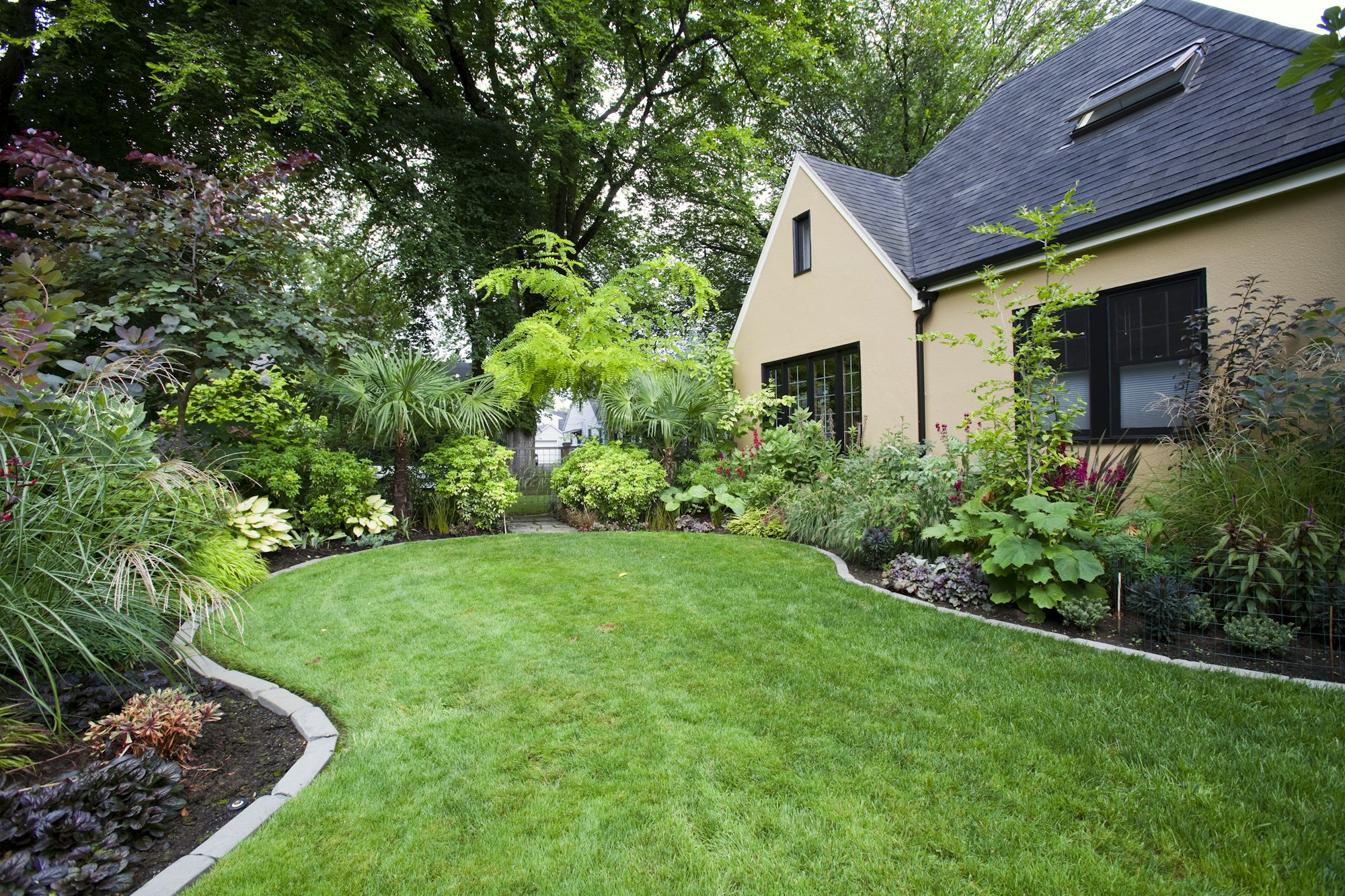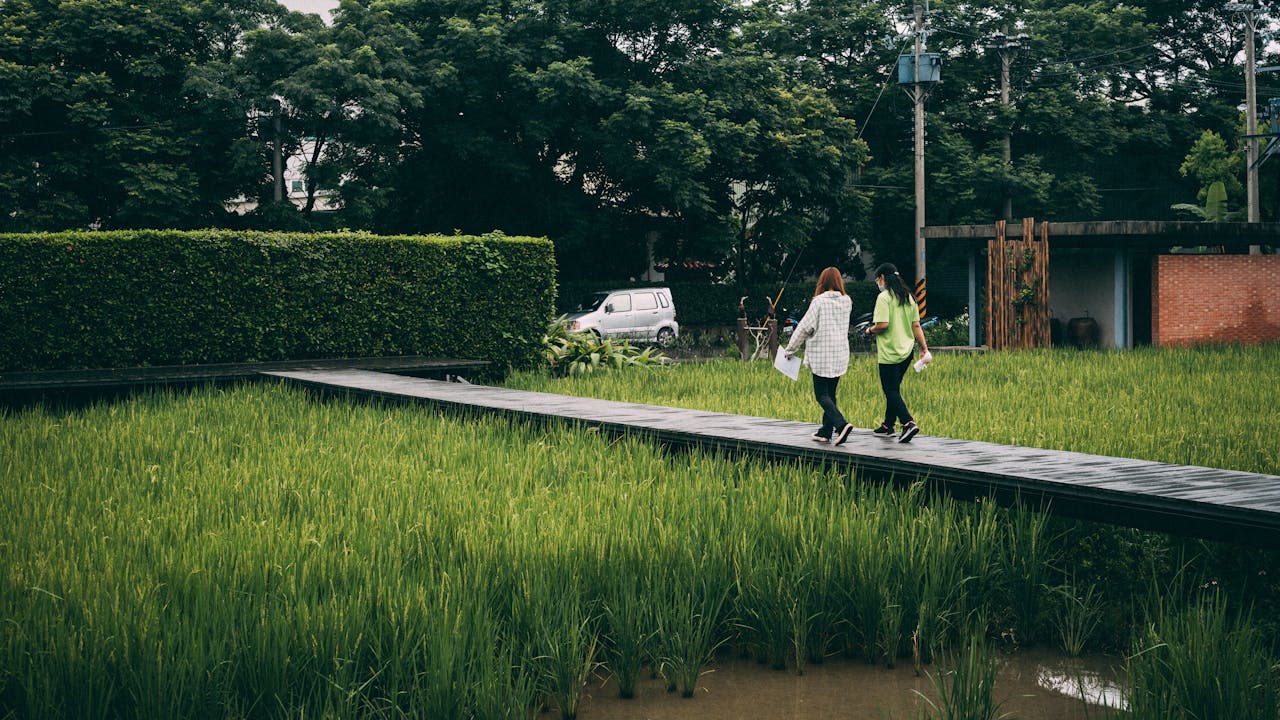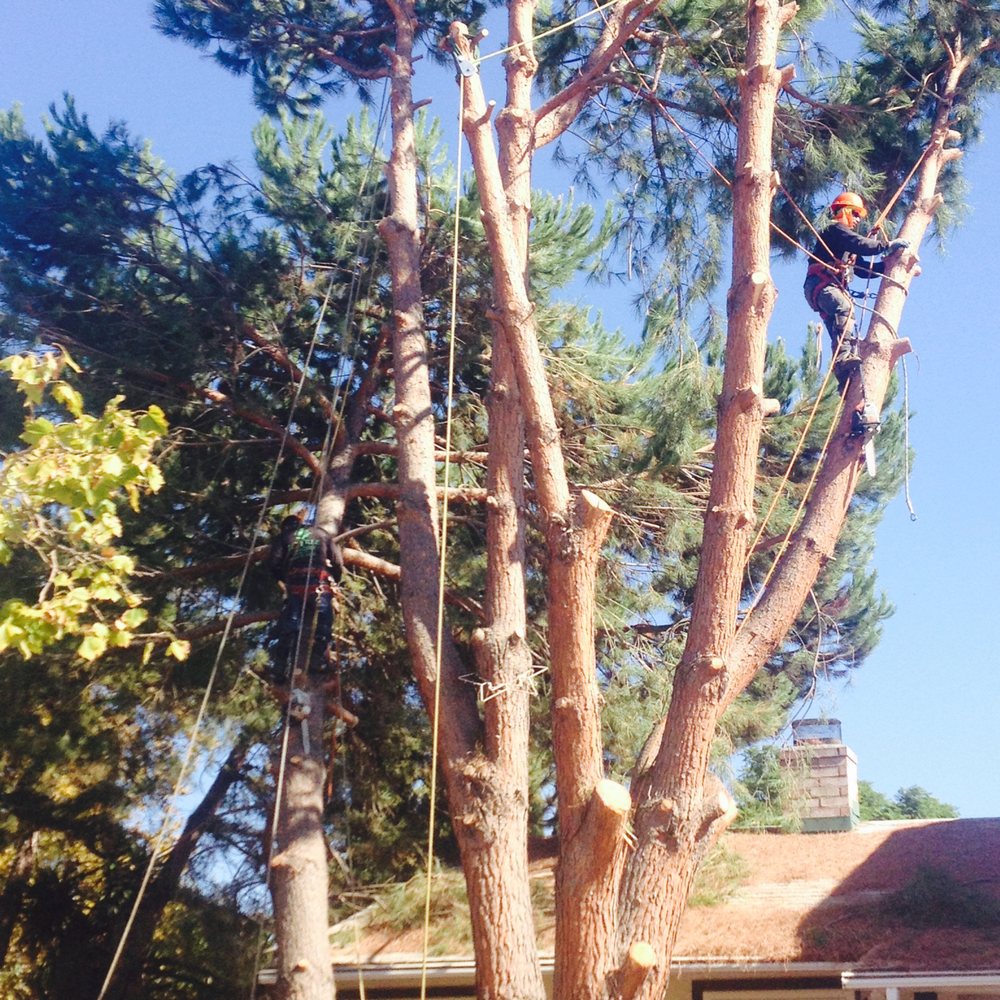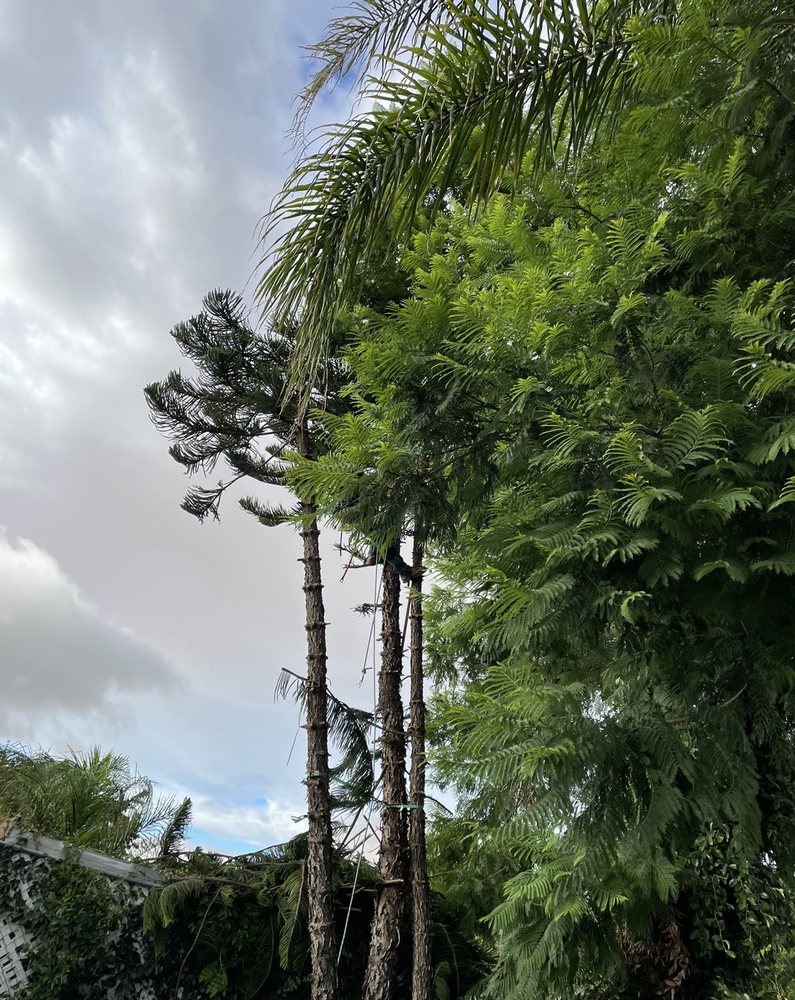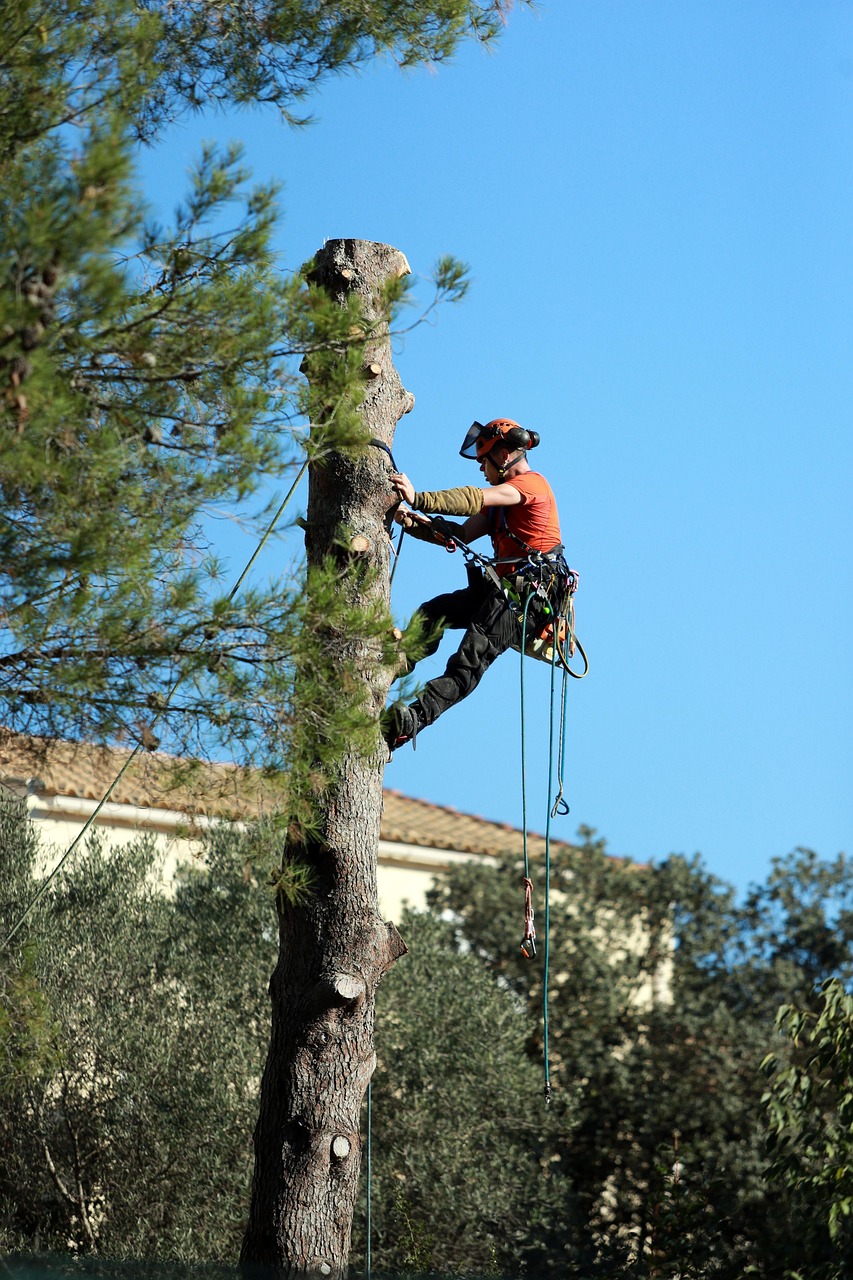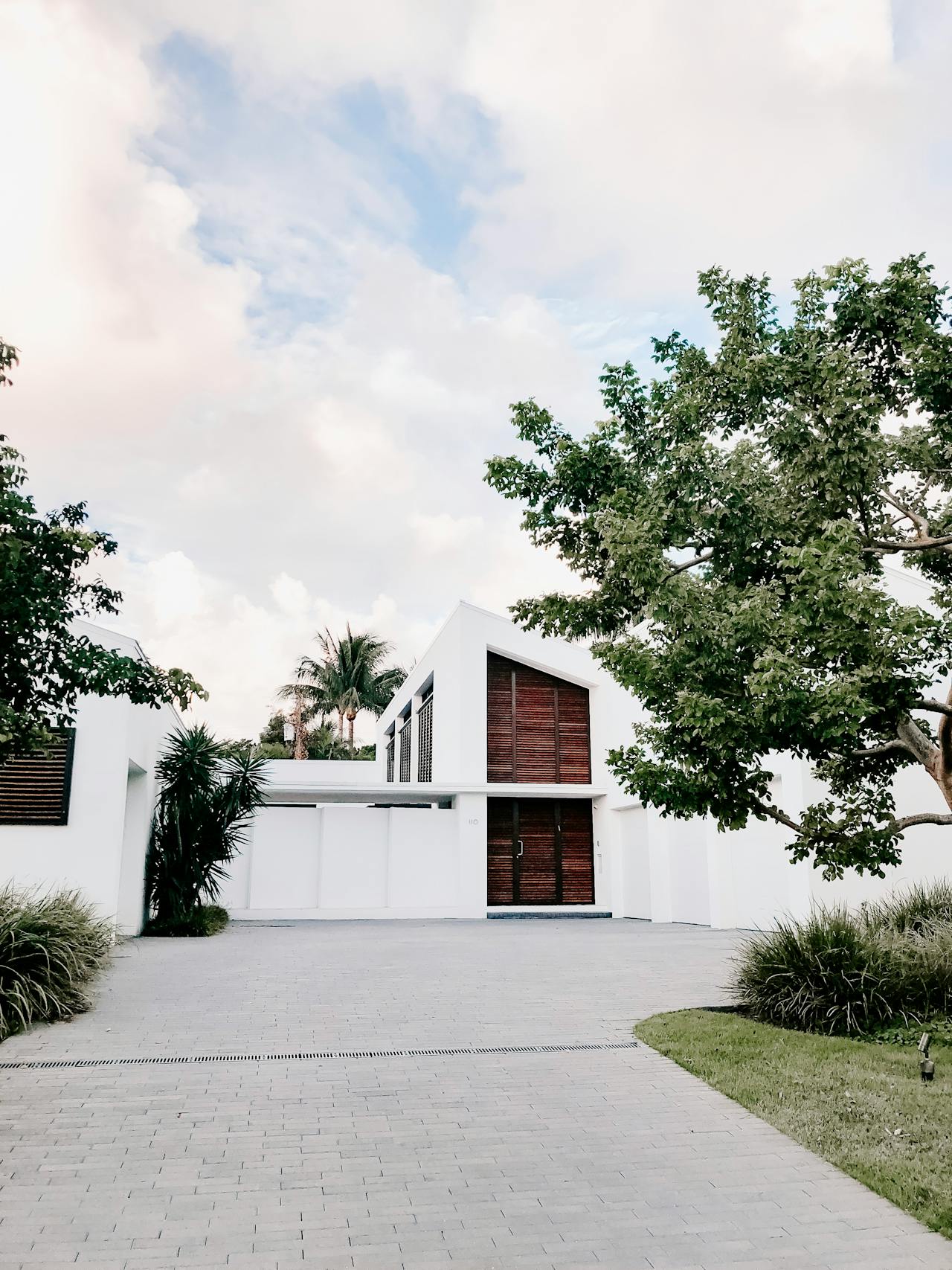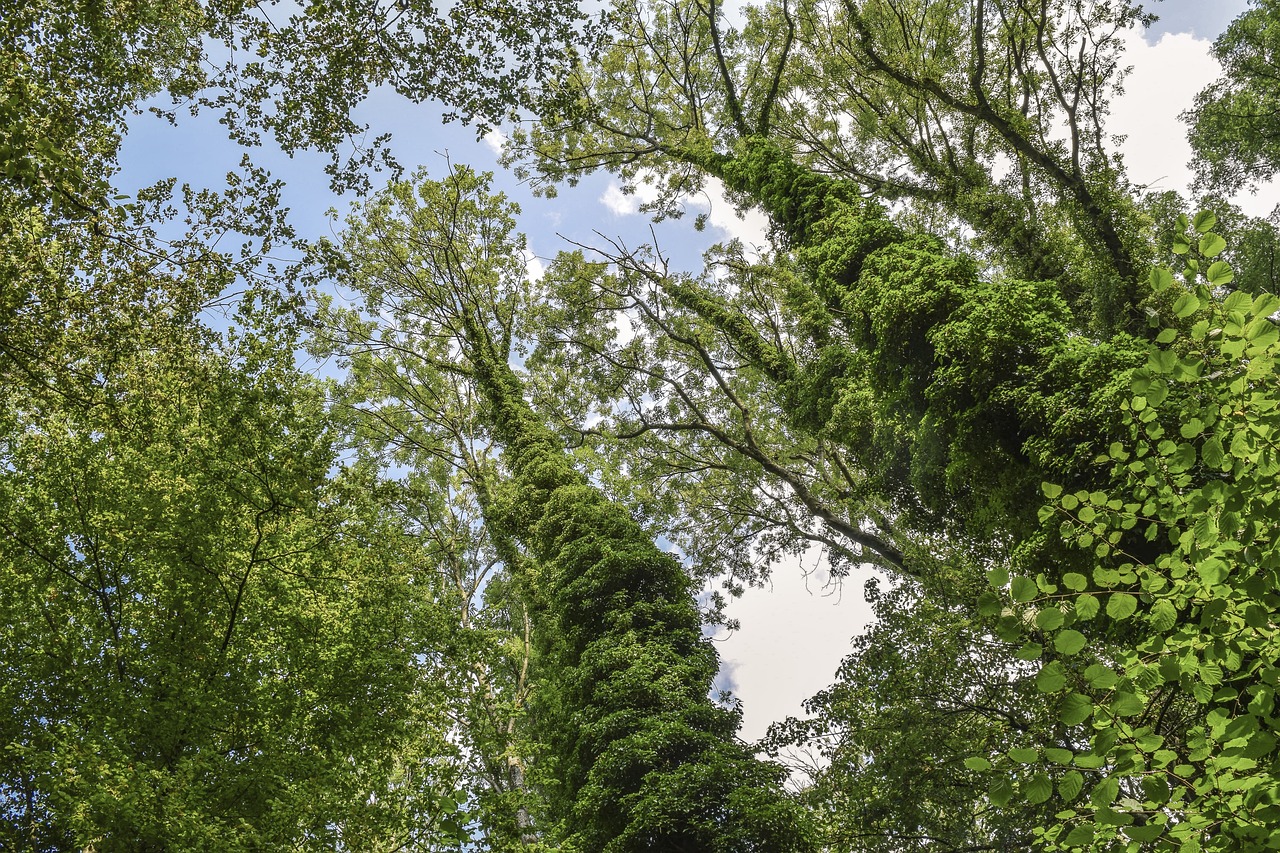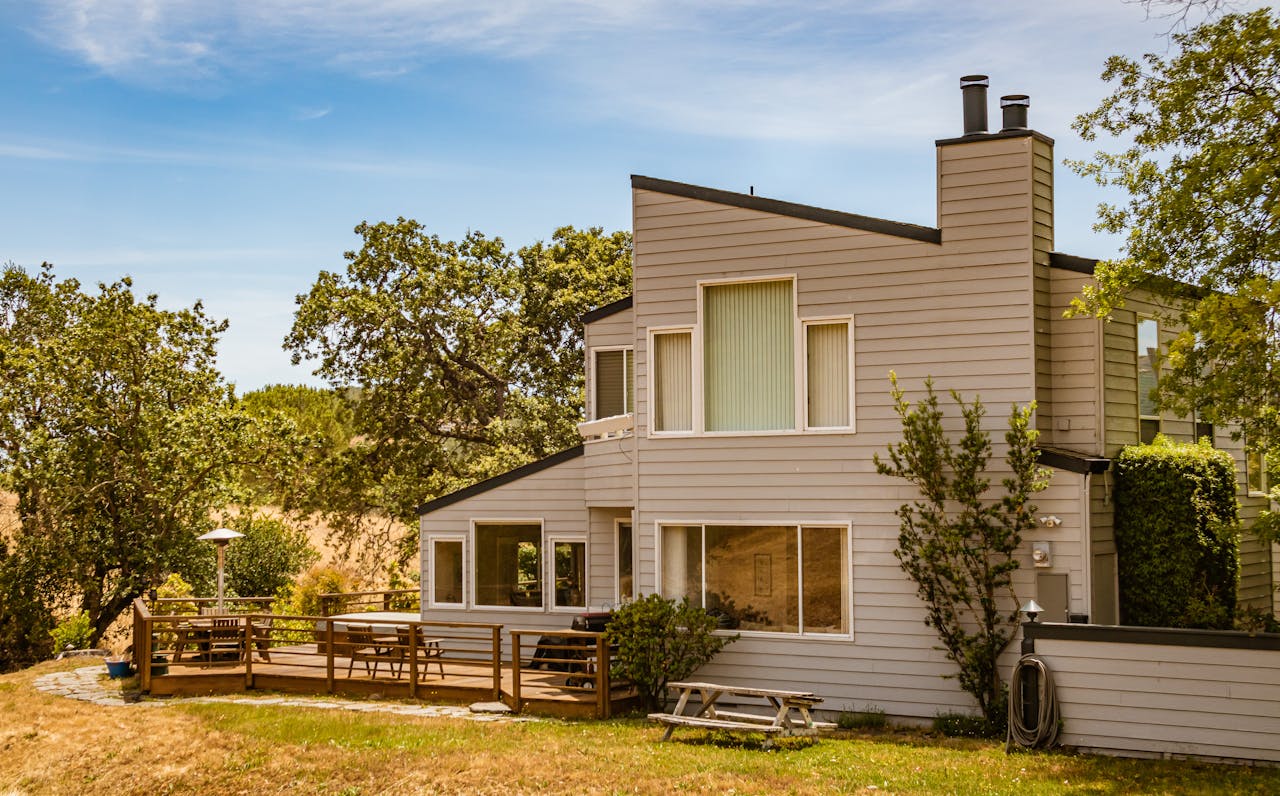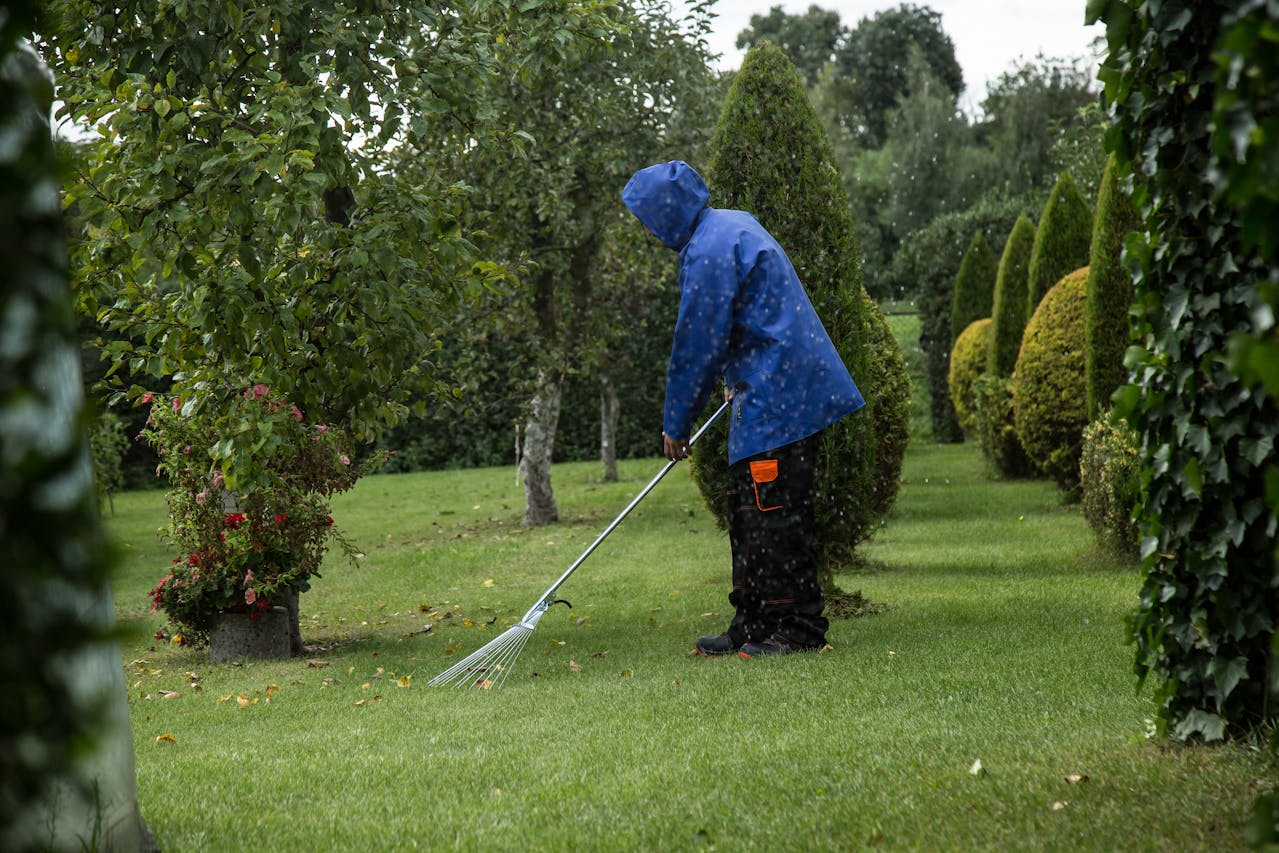Tree species selection can greatly affect whether or not the tree will experience pest problems by affecting the balance and health of the ecosystem. Selecting species that are pest resistant decreases the need to rely on chemical pest control treatments, both protecting our environment and our wildlife.
Native trees tend to provide habitat for beneficial insects and birds that naturally keep pest populations in check. Planting a diversity of trees reduces the risk of a widespread pest outbreak, since pests tend to attack a certain species.
Considerations such as climate conditions, soil type, and local pest patterns help inform which species are selected to most effectively manage invasive pests. Urban planners, landscapers, and homeowners alike can take these steps to create healthier, more sustainable environments by planting the right trees.
This minimizes the need for external pest control, improving long-term sustainability and resilience.
Key Takeaways
- Choosing the appropriate tree species plays a huge role in preventing pest problems in developed areas. Considerations such as soil type, moisture content, and sun exposure should all inform your decisions.
- Knowing the interactions of pests and tree species is key. This deepens our understanding of trees that naturally resist or repel pests due to their unique traits or life cycles.
- Factors such as leaf toughness, resin production, and genetic diversity increase the resistance of trees to pests. This enhancement plays an important role in minimizing pest outbreaks.
- Choosing native tree species helps protect local ecosystems, encourages biodiversity, and often offers more natural resistance to pests and diseases.
- Increasing tree diversity in urban forests is crucial to minimizing the risk of widespread pest outbreaks. This leads to a more resilient and balanced ecosystem.
- Plant the right trees and go beyond best management practices. This involves minimizing pesticide use and nurturing tree health, two practices that improve long-term pest management and foster urban ecology.
Importance of Tree Species Selection
Selecting the correct tree species is one of the most important aspects of minimizing pest issues — particularly in an urban setting. By planting species that are best adapted to the conditions where they are planted, you’ll be building a more resilient, healthier landscape that’s less prone to pest outbreaks. This method helps ensure the trees last longer while also reducing the use of chemical pest control products.
Recognizing Urban Tree Needs
Urban trees deal with special circumstances such as compacted soil, water stress, and elevated pollution levels. Choosing the right species that will be able to endure the anticipated stressors will help keep trees healthy and vigorous, which will reduce the likelihood of pest infestations.
Live oaks thrive in urban environments, despite the prevalence of common pests such as aphids. By comparison, red maples thrive in damper conditions and have less pest-related issues.
Understanding Environmental Stressors
Stress, like that caused by drought, weakens trees, making them easier targets for pests. Drought, poor drainage, and extreme temperature fluctuations can increase a tree’s susceptibility to pests and disease.
Healthy trees, such as this drought-tolerant honey locust, flourish under the right conditions. They can help resist many common pests, like scale insects.
Adapting to Climate Conditions
Now with climate change, adaptability is even more important. Species such as southern magnolias, which are able to thrive in warmer climates, may be able to stay ahead of threatening pests as the climate warms.
Planting climate-resilient trees is one way to hopefully ensure their survival and avoid long-term pest threats.
Factors Influencing Tree Selection
- Soil composition (sandy, clayey, or loamy)
- Water availability (drought-prone or moist areas)
- Light exposure (full sun or shaded spots)
Understanding Pest-Tree Interactions
Pest Preferences and Repellents
Certain species are magnets for pests, while others keep them away. For example:
- Attract: Ash trees often draw emerald ash borers.
- Repel: Ginkgo trees are naturally pest-resistant.
Pest Life Cycles
Having a solid understanding of pest habits is critical to effective tree selection. For example, pests such as bagworms are more destructive during summer months, preying on species such as cedars.
Tree Health and Pest Behavior
Healthier trees, such as sycamores, can help to suppress pest populations naturally. Trees that are unhealthy or stressed become magnets for pests.
Tree Species | Pest Susceptibility |
Ash | High (Emerald Ash Borer) |
Maple | Moderate (Aphids) |
Ginkgo | Low |
Role of Tree Traits in Pest Resistance
Physical and Chemical Defenses
Characteristics like thick bark, waxy leaves, and resin production all help to keep pests at bay. For instance, when bark beetles attack, pines respond by producing resin to cut them off.
Genetic Diversity
Species that have genetic variations, such as elms that have been bred for Dutch elm disease resistance, exhibit less pest issues.
Effective Tree Traits
- Tough leaves
- High resin output
- Abundant secondary metabolites
Importance of Native Species in Ecosystems
Supporting Wildlife
Native trees such as oaks support the greatest diversity of food and habitats needed by local birds and insects, maximizing ecosystem benefits.
Natural Pest Resistance
Native species are usually better adapted to local pests and diseases, so they require less intervention.
Native Tree Examples
- Eastern red cedar (resistant to bagworms)
- American beech (low pest pressure)
- Sugar maple (ecologically balanced)
Benefits of Tree Diversity
Diversity is a key ingredient in our tree planting and forestry management efforts, working to build resilience while reducing risk. The bottom line: A varied bank of tree species strengthens the overall environment. It further protects from invasive species and climate stressors.
By planting multiple species, ecosystems can thrive and withstand challenges more effectively than monoculture systems, which often fail under pest outbreaks or disease pressures.
Promoting Healthy Ecosystems
Tree diversity heals ecosystems, primarily by promoting biodiversity and interconnections between organisms. Different tree species provide different habitats, food sources, and shelter for insects, birds, and mammals.
This diversity creates an ecosystem balance that helps keep pest populations in check. Healthy ecosystems further filter water, store carbon, and enrich soil quality, serving to enrich urban and rural landscapes alike.
Actions to Promote Ecosystem Health:
- Choose native tree species to support local biodiversity.
- Plant flowering trees to attract pollinators.
- Incorporate understory plants for layered habitats.
- Avoid over-pruning to preserve natural tree functions.
Reducing Pest Outbreaks
Diverse tree species can serve as a buffer against invasive pests. For instance, when one species is targeted, those that are not attacked prevent further spread.
Using companion planting, like pairing pest-resistant trees with vulnerable ones, prevents infestations. Appropriate care of trees, including consistent watering and pruning, encourages strong growth so trees can resist pests and disease.
Practices to Reduce Pest Outbreaks:
- Mix species when planting new areas.
- Monitor for signs of stress or pest activity.
- Use compost mulch to improve soil health.
- Avoid overwatering, which attracts pests.
Enhancing Urban Forest Resilience
Resilience in an urban forest context means a tree’s ability to withstand invasive pests, climate shifts, and anthropogenic stressors. Planting different species together provides a buffer against the dangers associated with monoculture.
Soil quality, the health of individual trees, and species diversity are all important factors that improve this resilience.
Resilient Species | Less Resilient Species |
Oaks (e.g., Quercus alba) | Ash trees (e.g., Fraxinus spp.) |
Maples (e.g., Acer rubrum) | Elm trees (e.g., Ulmus spp.) |
Hickories (e.g., Carya spp.) | Pines (e.g., Pinus strobus) |
Tree Diversity vs. Monoculture Plantings
Benefits | Tree Diversity | Monoculture |
Pest Resistance | High | Low |
Biodiversity Support | Strong | Weak |
Carbon Storage | Significant | Limited |
Risk of Planting Failure | Lower | Higher |
Strategies for Selecting Tree Species
Choosing tree species wisely is central to creating a landscape that reduces the incidence of pest problems and restores vitality to urban environments. A more strategic approach makes certain trees prosper in their surroundings, withstand the imminent dangers of pests, and reforest the environment with a more robust ecosystem.
Here are some specific strategies for ensuring these important decisions are made wisely.
Assessing Environmental Conditions
A thorough evaluation of environmental factors is essential. Soil quality, drainage, and sunlight exposure dictate which species will thrive. For instance, species like red maples prefer moist, well-drained soils, while oaks can handle drier conditions.
Matching trees to their natural needs reduces stress, making them less vulnerable to pests. Environmental assessments help predict pest pressures. Trees planted in unsuitable conditions often become weaker, attracting more pests.
Tools like soil pH kits, light meters, and USDA hardiness zone maps can aid in these evaluations.
Tools and Methods for Assessing Environmental Conditions:
- Soil testing kits for nutrient and pH levels
- Light meters to measure sunlight exposure
- Local climate data analysis
- Drainage tests for water retention
Prioritizing Pest-Resistant Species
Choosing species that are resistant to pests is a proactive approach. Trees such as ginkgo and tulip poplars have natural fortifications against pests. These species make the need for chemical treatments unnecessary, saving on costly maintenance throughout their lifespans.
Pest Resistance Comparison Table:
Tree Species | Pest Resistance Level | Maintenance Needs |
Ginkgo | High | Low |
Elm (certain types) | Moderate | Moderate |
Ash | Low | High |
Incorporating Native and Non-Native Trees
Finding the balance between natives and non-natives in our communities will lead to a stronger, more adaptable urban forest. While indigenous trees, like sugar maples, create living ecosystems, non-natives, like Zelkova, provide valuable aesthetic and functional contributions.
If non-native species are used, they should be of a sort that will not be invasive.
Guidelines for Incorporating Non-Native Trees:
- Avoid species with invasive traits
- Prioritize non-natives that complement native biodiversity
- Ensure non-natives are adaptable to local conditions
Balancing Aesthetic and Functional Needs
Urban trees do indeed provide more than shade. They help define the visual, physical, and ecological character of a city. Choosing species that are attractive in their own right, while standing up to pests, satisfies both objectives.
For example, native flowering dogwoods contribute seasonal beauty while standing up well to disease.
Aesthetic Considerations:
- Seasonal color changes (e.g., fall foliage)
- Canopy shape and size
- Bark texture and color
Diversifying Plantings to Minimize Risks
Diversity is one of the most effective ways to mitigate pest and disease outbreaks. A diverse species landscape acts as a protective barrier, so that if a pest comes through that favors one type of tree, it doesn’t wipe out that community.
For instance, if maples, oaks, and lindens were used, the urban forest would become unbalanced.
Recommended Planting Ratios:
- No more than 10% of one species
- No more than 20% of one genus
- No more than 30% of one family
Methods for Evaluating Tree Suitability
Choosing appropriate tree species is the first and most important step to avoiding pest-related surprises. A careful evaluation process will not only make sure that trees are well suited to their chosen location, but will strengthen the overall population with contributions to pest resistance. Below are specific methods for evaluating tree suitability, focusing not only on ecological but on pragmatic considerations.
Conducting Literature Reviews on Species Traits
Species trait literature reviews are an important first step in developing an understanding of tree species traits. Search university publications, forestry resource repositories, and integrated pest management research. Most importantly, you’ll learn which species have the greatest reputation for pest resistance.
The research largely revealed overarching trends, including that some families of trees had more natural defenses against certain pests. For example, oaks are more resistant to gypsy moths than other deciduous trees. Literature reviews assist urban planners in making educated decisions by breaking down results into clear and concise guidelines.
Essential Resources for Literature Reviews:
- USDA Forest Service Tree Species Guides
- Academic journals like Urban Forestry & Urban Greening
- Regional pest management publications
- Online plant and tree databases, e.g., Arbor Day Foundation
Using Field Surveys and Expert Opinions
Field surveys provide an opportunity to watch tree health, pest interactions, and pest management strategies in real-world settings. For instance, tracking maple trees in urban city parks in Maryland has shown that they are increasingly susceptible to the invasive Asian longhorned beetle.
Combining these research-based results with professional expertise, like consultations with certified arborists or professors of forestry, creates a more measured approach. Merging on-the-ground data with expert knowledge results in sound, practical, on-the-ground species selection.
Steps for Effective Field Surveys:
- Select diverse urban sites for observation.
- Record pest occurrences and tree health metrics.
- Compare findings with expert assessments.
- Incorporate data into tree management plans.
Measuring Key Physiological Traits
Physiological traits give quantifiable parameters that can serve as indicators of a tree’s pest resistance. Characteristics like growth rate, leaf density, and water needs provide insight into a species’ capacity to survive an infestation.
For instance, a tree that grows more slowly will generally have denser wood, which is more resistant to boring insects. This approach provides long-term predictive value for pest management decisions.
Trait | Significance | Examples |
Growth Rate | Indicates structural resilience | Cedar, Pine |
Leaf Area | Impacts photosynthesis efficiency | Maple, Sycamore |
Water Usage | Suggests drought-tolerance levels | Oak, Elm |
Analyzing Past Studies on Pest Impacts
Historical studies can show us which tree species thrived or failed during past pest invasions. For example, while reports on Dutch elm disease emphasize the susceptibility of American elms to the disease, they promote their resistant hybrids.
Understanding these patterns helps to inform proactive species selection to avoid those that are repeatedly susceptible.
Key Findings from Past Studies:
- American chestnuts were decimated by chestnut blight.
- Hybrid elms show resilience to Dutch elm disease.
- Ash trees face significant threats from emerald ash borers.
- Diverse plantings reduce monoculture-related pest risks.
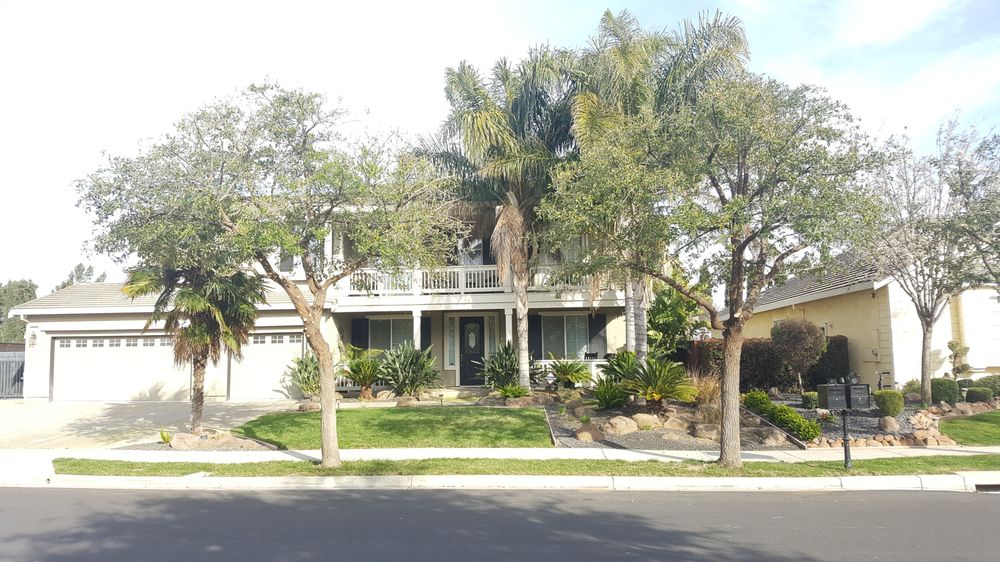
Challenges in Tree Species Selection
Selecting the right tree species for urban landscapes is a multifaceted challenge, especially when balancing ecological, functional, and aesthetic needs. At JC Tree Service, we specialize in guiding communities and property owners through these complex decisions, ensuring that tree species thrive while minimizing pest-related issues.
Balancing Biodiversity and Urban Needs
Urban planning can be a balancing act between conservation efforts and practical needs such as space limitations, urban infrastructure build-out, and even public safety. Native species do best in their native ecosystems and provide unique benefits to local wildlife.
However, they frequently fail to thrive due to the new urban conditions, such as soil compaction and drought. Non-native species might be well-suited to urban environments yet wreak havoc where they’re not controlled.
Urban planners, landscape architects, and ecologists are important stakeholders in achieving this balance. Collaborative strategies such as including green corridors or planting mixed-species can improve biodiversity while maintaining urban practicality.
Biodiversity-Focused Strategies | Urban Development Needs |
Mixed-species planting | Space-efficient tree placement |
Native species prioritization | Resilient species for harsh conditions |
Habitat creation for wildlife | Low-maintenance greenery options |
Addressing Knowledge Gaps in Pest Behavior
Understanding pest behavior is key to reducing infestations. Yet gaps in our understanding of pest-host dynamics limit our ability to make effective decisions.
For instance, pests such as emerald ash borers can wipe out entire species of trees, but where they spread is still somewhat unpredictable. Citizen science initiatives, in which residents report pest sightings, can support scientific studies and help track localized outbreaks or invasions.
Areas needing further investigation include:
- Pest adaptation to urban climates
- Long-term effects of interspecies planting
- Effective biological controls for urban pests
Overcoming Limitations in Research Data
Existing studies are typically void of robust information on how tree species perform in urban environments. Few long-term studies coupled with a lack of accountability in data-sharing practices leave knowledge gaps that can complicate or hinder species selection.
Recommendations include:
- Establishing centralized databases for pest and tree performance data
- Encouraging partnerships between universities and city planners
- Increasing funding for urban forestry research
Broader Impacts of Tree Selection
Selecting appropriate tree species for urban settings has a profound effect on pest management. In addition, it is a key component of urban ecosystems’ overall health. From enhancing biodiversity to air quality, every selection helps foster a more harmonious and ecological urban environment.
Below, we’ll examine how tree selection affects the ecological, environmental, and social aspects of urban areas.
Supporting Wildlife and Pollinators
Tree species that provide forage, food, and shelter are an essential part of developing and sustaining healthy wildlife populations. Native species, in particular, are more likely to support local ecosystems by providing resources specifically suited to native wildlife.
For instance, oaks not only provide habitat for birds and small mammals but produce acorns that feed dozens of species. Diverse tree plantings are beneficial to pollinators, including native bees and butterflies.
Flowering species like the black locust or tulip poplar produce plenty of nectar to draw in these vital insects. Trees such as serviceberry and dogwood are especially popular for attracting desirable birds and insects.
Tree species for wildlife and pollinators:
- Oaks (Quercus spp.)
- Serviceberry (Amelanchier spp.)
- Black locust (Robinia pseudoacacia)
- Tulip poplar (Liriodendron tulipifera)
- Dogwood (Cornus spp.)
Reducing Reliance on Pesticides
Resilient tree species are less susceptible to pests and disease, which decreases the need for chemical pesticides. Species such as the ginkgo and Japanese zelkova have built-in resistance to many common urban pests.
They remain vigorous and healthy without any human intervention, thus controlling pests over time. In the long term, this reduces environmental exposure to harmful chemicals and facilitates the use of sustainable pest management.
Practices for pesticide-free management:
- Plant pest-resistant species.
- Prioritize native trees to reduce vulnerability.
- Maintain tree health through adequate watering and pruning.
- Encourage diversity to balance pest populations naturally.
Improving Urban Air Quality and Soil Health
Mature trees improve public health by acting as natural air filters, absorbing carbon dioxide, nitrogen oxide, and particulate matter. Species like the American sycamore and red maple are best at increasing air quality.
Tree roots support soil structure through erosion control and organic matter contributions. Tree health is closely related to urban ecology and the humans’ quality of life.
So, for example, healthy soil contributes to keeping trees healthy, and more trees improve air quality and mitigate urban heat islands.
Tree Species | Air Purification | Soil Improvement |
American sycamore | High | Moderate |
Red maple | Moderate | High |
Tulip poplar | Moderate | Moderate |
Conclusion
Tree species selection is a key factor in minimizing pest threats. It reduces susceptibility to pests, promotes vibrant ecosystems, and increases the likelihood of trees thriving for years to come. A diverse species mix can build more resilient landscapes and lower the risk of catastrophic loss. By considering local conditions, soil, trees climate, you make better informed decisions that save money in the long-run.
Choosing the right tree species selection isn’t just about aesthetic beauty. It’s about higher quality trees, building more resilience and making smart investments in our future. Whether for a suburban backyard or an urban city park, tree planning goes a long way.
Take small steps and learn as you go. Each choice matters in designing spaces that flourish. If you’re prepared to make a move, look for resources or reach out to professionals to help advise you on your path.
Frequently Asked Questions
1. What role does tree species selection play in minimizing pests?
Tree species selection plays an important role in minimizing pest outbreaks. Some trees have natural pest-repelling qualities, while others may have an opposite effect. A diverse and well-planned selection lowers that vulnerability, helps maintain balance within the ecosystem, and reduces the need for chemical treatments.
2. Why is tree diversity important for pest control?
Tree diversity breaks up pest life cycles. Planting a variety of species creates a more resilient landscape, one in which pests find it more difficult to thrive and spread. This approach not only minimizes pest issues, but fosters populations of beneficial insects and boosts the ecosystem’s resilience.
3. How do you select tree species resistant to pests?
Learn about your local tree pests and select species that have a proven track record of resistance. Always consult professional arborists or your local extension service for recommendations. Native species tend to be better equipped to fight off the pests endemic to your region.
4. What are the benefits of native trees in pest management?
Native trees are more resilient to our local climates and pests. They typically possess natural protections against regional pest species, decreasing reliance on pesticides and creating a more vibrant environment.
5. What challenges arise when selecting tree species for pest resistance?
These challenges range from a lack of understanding of pest-resistant species, shifting pest populations, and environmental limitations. Aesthetic goals that conflict with pest resistance may muddy decisions.
6. How can evaluating tree suitability help in pest prevention?
Horticultural and ecological suitability evaluation makes sure trees are in the right place to reduce stress and vulnerability to pests. Include soil conditions, water availability, and climate in the decision-making process.
7. What broader impacts does tree species selection have?
Using the right tree species can help foster biodiversity, improve the resilience of urban green spaces, and decrease the need for chemical pest control. It’s an important step towards healthier ecosystems and long-term sustainability.
Enhance Your Landscape with JC Tree Service’s Expert Tree Maintenance
Proper tree maintenance is essential for keeping your property safe, beautiful, and well-cared-for. At JC Tree Service, we specialize in comprehensive tree maintenance services for homes and businesses in Brentwood, Antioch, and surrounding areas. Whether you need seasonal pruning, risk assessment, or help managing overgrown branches, our skilled team is here to ensure your trees stay healthy and safe year-round.
Our tree maintenance services are designed to prevent potential hazards, protect your property, and enhance curb appeal. With regular maintenance, we help you avoid risks from weak or damaged branches, manage tree growth, and support long-term health for a vibrant landscape. JC Tree Service focuses on eco-friendly practices, delivering solutions tailored to your needs while keeping your landscape organized and manageable.
Don’t let neglected trees jeopardize your property’s safety and beauty. Contact JC Tree Service today for a free, no-obligation quote on our professional tree maintenance services. Discover how expert care can transform your outdoor space!
Disclaimer
The materials available on this website are for informational and entertainment purposes only and not to provide legal or professional advice. You should contact your attorney or home improvement specialist to obtain advice concerning any particular issue or problem. You should not act or refrain from acting based on any content included in this site without seeking legal or other professional advice. The information presented on this website may not reflect the most current home improvement developments. No action should be taken in reliance on the information on this website. We disclaim all liability concerning actions taken or not taken based on any or all of the contents of this site to the fullest extent permitted by law.
